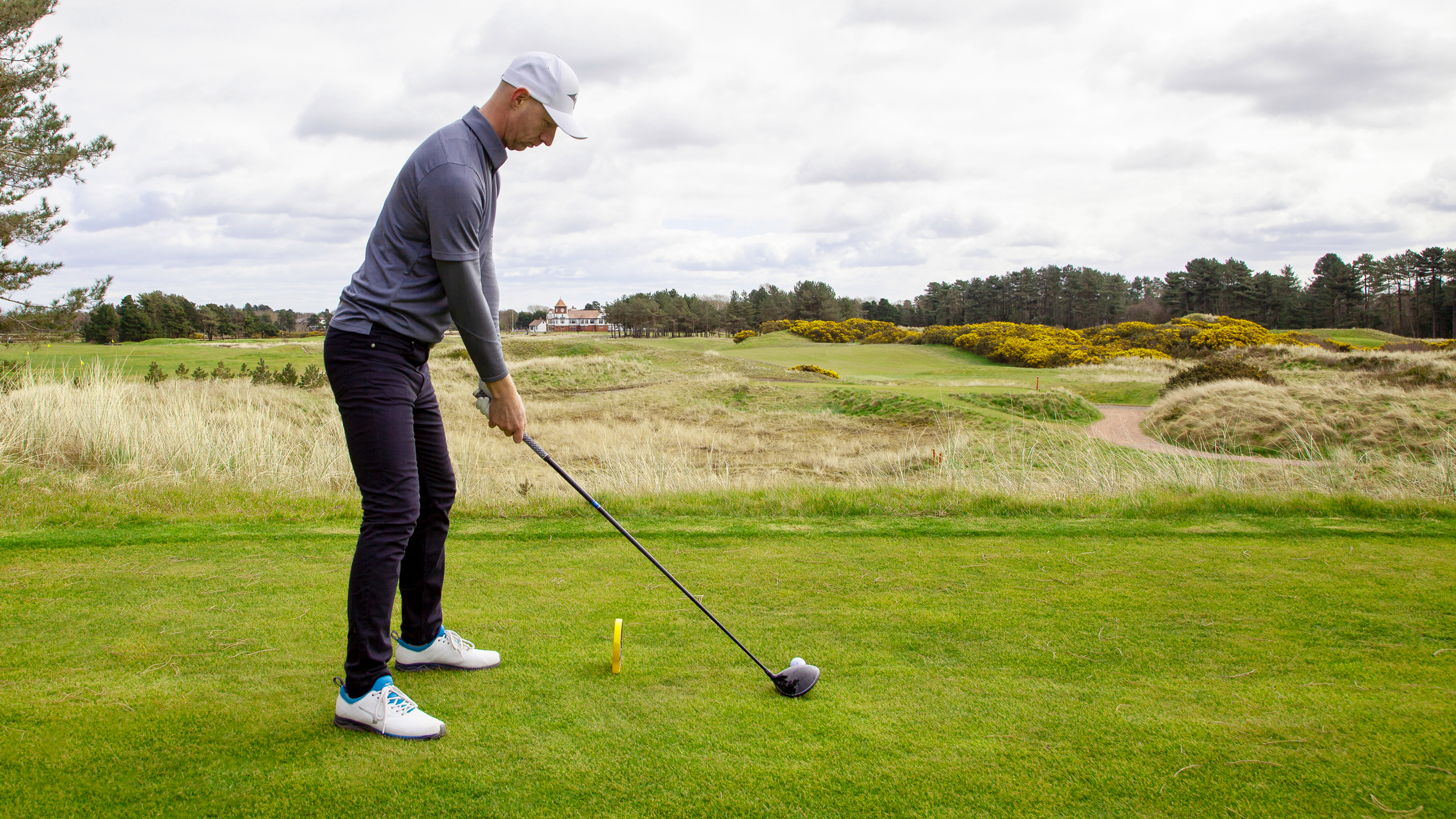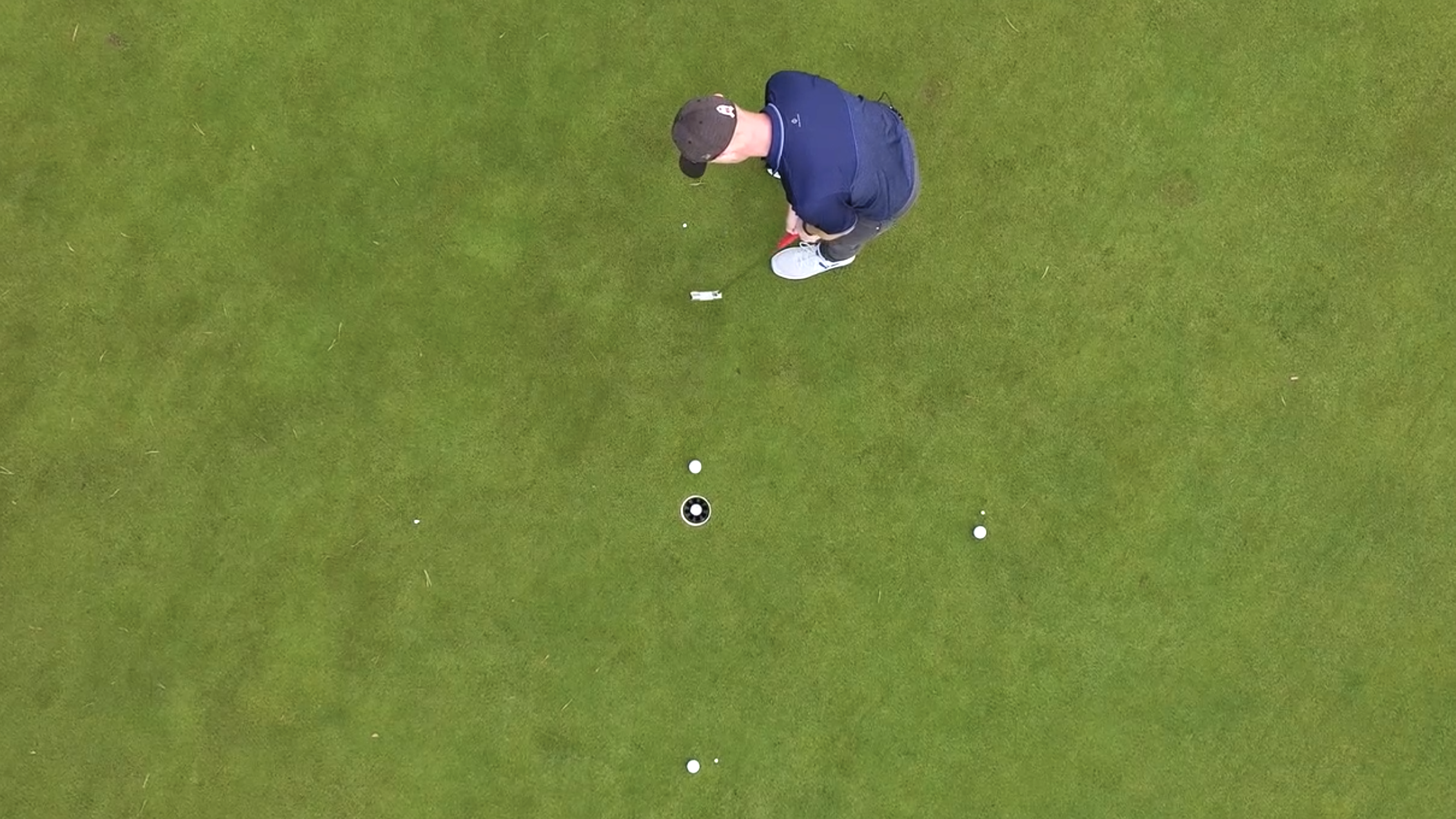6 Skills Every Golfer Needs To Shoot Lower Scores
These 6 skills every golfer needs to shoot lower scores, shared by Golf Monthly Top 50 Coach Ged Walters, could be the missing link to improving your golf game

Joel Tadman

In a game of small margins, there are some skills every golfer needs to shoot lower scores – but they are often the ones that many amateurs neglect in their practice. With so many great golf tips available, there really is no excuse for allowing these crucial areas of your game to hold you back, as not giving them enough attention may be one of the reasons you don't get better at golf.
In this video and article, by Golf Monthly Top 50 Coach Ged Walters, we highlight six skills every golfer needs to shoot lower scores and discuss how improving your golf IQ can supercharge your progress...
1. Use Teeing Ground To Your Advantage
The teeing area is the site of so many common faults for amateurs, and much of this comes from a lack of attention to detail. If you walk aimlessly onto the tee, place your ball down and aim down the middle of the fairway, you have already neglected the opportunity to consider how your shot shape will suit the hole you are playing.
For example, if you are guilty of slicing the ball, you should be looking to factor that into your alignment when picking your target line. Being smarter on where to tee your ball, to compliment your typical shot shape, will help you to keep the ball in-play and avoid irritating penalties.
Your decision should be made by whether you tend to hit a draw or a fade. if you hit a left to right fade, try teeing your ball up on the right side of the tee box. If you hit a draw, try the opposite to make the fairway bigger and give you a bigger target to aim for. Just make sure you keep your ball within the markers!

2. Fairway Bunker Shot
For most of us, the magnetic lure of fairways bunkers is all too strong, but how do we get out of them unscathed? Firstly, consider your lie and assess the height of the lip in front of you.
Choosing a club with more loft is always the sensible option here, as hitting the lip could put you in a world of trouble. Secondly, focus on your technique.
Subscribe to the Golf Monthly newsletter to stay up to date with all the latest tour news, equipment news, reviews, head-to-heads and buyer’s guides from our team of experienced experts.
Build a base with a light waggle of your feet in the sand, grip down the club and aim to strike the ball first before the sand. Trust the loft, providing you have factored enough in with your club selection, and swing smoothly.
3. Taking Your Medicine
Most amateur golfers will have been in a situation where they know they should play conservatively, but that small voice in their head is telling them that they can hit it through that four inch gap in the tree branches and run the ball up to the green – despite having missed a 30-yard wide fairway to find trouble in the first place.
While that shot might work on rare occasions, it will likely be more luck than skill, so taking your medicine is always the sensible play. Utilising recovery shots, like a chip-and-run style shot that helps your find the fairway, could set up the opportunity to get up and down for a respectable score. This will banish the big numbers and help your scoring in the long run.

For more control, tee the ball down and swing easy
4. Have A 'Go-To' Shot Off The Tee
We all need a shot we can rely on off the tee when the hole is particularly tight or when the pressure is really on. For most golfers, this should be a cut-style shot with the ball teed down a little bit but it could be switching club to a hybrid or a long iron.
Think about adopting a controlled tempo (swing within yourself) and aim down the safer side of the hole where appropriate. Practicing this shot on the range and trusting it on the course be a real help when your typical driver shot is misbehaving.
5. Putting Pace Control
So many golfers don’t get a feel for the pace of the green before they tee off and then wonder why they three-putt the first two holes. A great drill to do before you play is to putt some balls to the fringe. This takes away any consideration of the line, you’re simply trying to get the ball to rest up against the line of where the green meets the fringe or just on to the fringe.
Try it from different distances and different angles to assess how the slopes affect the speed and then take what you’ve learned to the course - you’ll be surprised at how effective this is.
6. Holing Out From Short Range
PGA Tour players average a make percentage of nearly 97% from inside five feet, but I’m sure you miss nearly as many as you make from the longer section of this range. A good drill to improve your short putting, which is crucial to maintain the momentum of a round, is the round the world drill.

Position four tees around a hole and work your way around trying to hole as many as you can in a row and keep a tally of your best total - this creates an element of pressure.
The drill is great because it covers holing out from different angles, different breaks, different speeds and matching everything up will help you become prolific from inside that crucial five feet distance.

Location: True Fit Golf Centre
Using different styles, teaching aids, technology and games to measure improvements, Ged is keen to make the learning process educational and fun. He's worked with a number of top local, national and international instructors, including Adrian Fryer and Jeff Ritter, one of the most prominent golf instructors in America. He's based at True Fit Golf Centre in Warrington, where he can be found coaching golfers of all abilities. He's also working hard on his own game with the aim of playing on the senior Tour (when the time comes).
Students learn best when...
They leave their baggage at the door; this way they will garner a clearer understanding of their issues and how they can
improve.
Advice for practice:
Don't go rogue! You will never improve if you don't practice how your coach has told you to.
Most common problem:
Too many golfers judge if they have done what you ask by the outcome, yet that will not always be what they want to see when making changes. Focus on the process and the outcome will take care of itself.
- Joel TadmanDeputy Editor